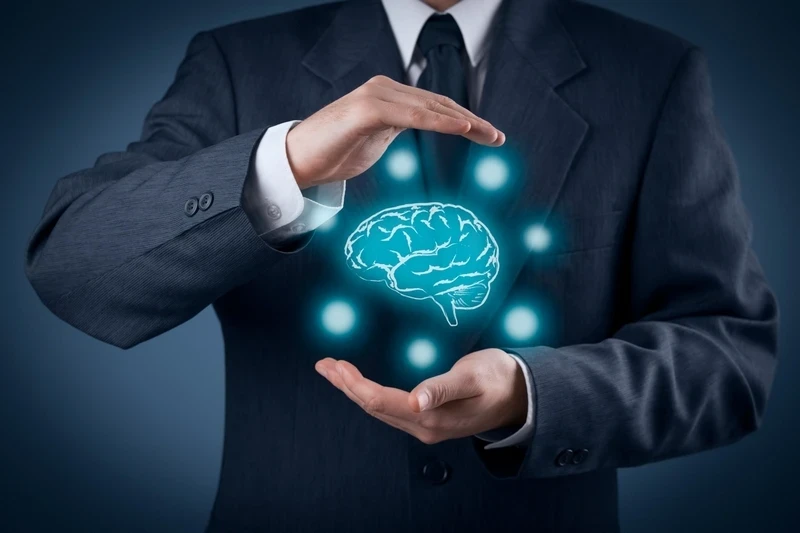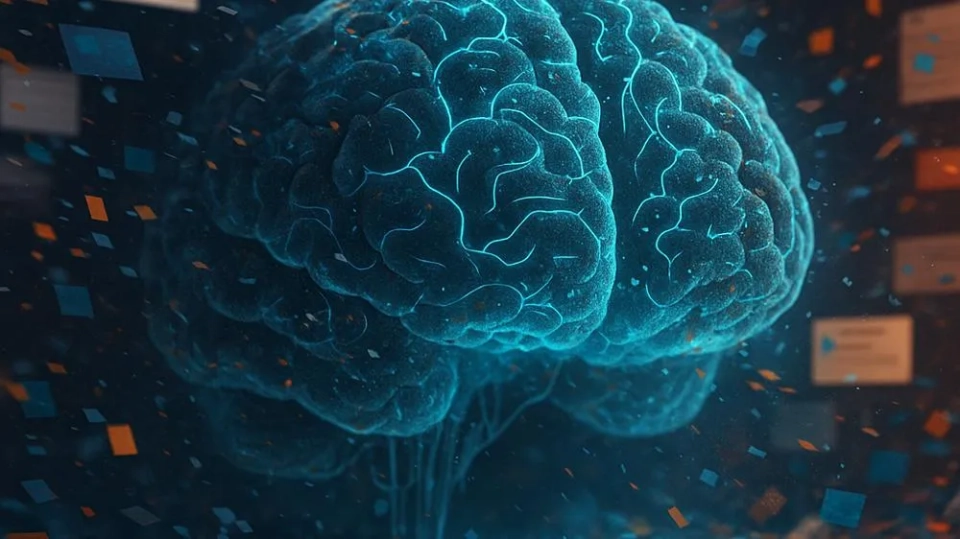
Kelly claims that even outstanding scientists like Benjamin Franklin, Michael Faraday, and James Maxwell had many misconceptions about electricity despite their achievements. Although electric charges play a fundamental role in the universe, their nature remained elusive for a long time. This lack of understanding significantly slowed progress in the field of electrical technologies.
Similarly, modern geniuses working on artificial intelligence also have their theories about what intelligence is. However, Kelly emphasizes that we are all deeply mistaken on this issue. Our ignorance about the nature of intelligence is a serious barrier to further advancements in AI.
Much of our ignorance is related to the confusion in understanding both electricity and intelligence. We tend to perceive them as simple, homogeneous forces that can be more or less abundant. In reality, electricity is a complex and multifaceted phenomenon. It consists of particles, waves, fields, and flows that are not always easy to visualize. Understanding electricity became the key to understanding matter. Only after humanity learned to harness electricity was it possible to split water into its constituent elements, leading to the realization that water is not a fundamental element but a compound of various substances.
It is likely that intelligence will also turn out to be a complex combination of many cognitive elements, unified into a unique system for each type of mind. What we call intelligence arises from the interaction of various cognitive processes, such as long-term memory, spatial perception, and logical reasoning. Currently, we do not have a clear understanding of these elements and cannot create a periodic table of cognitive processes.
Cognitive elements may resemble heavy elements in the periodic table with their dynamism and instability. They could be comparable to molecules in biological cells, constantly changing their form. Thinking is something networked, where each element of intelligence needs others to define its identity. Thus, each cognitive process must be viewed in the context of other processes.
I turned to ChatGPT5Pro for help in creating a periodic table of cognitive processes based on what we already know. This table includes 49 elements grouped by related concepts. The columns reflect general categories of cognitive processes, such as "Perception" and "Reasoning," while the rows are sorted by stages of thinking—from "sensation" to "reflection and coordination." For example, in the area of "Safety," AI first assesses uncertainty, then verifies, and finally forms a theory of consciousness.
The table also has color coding, where red indicates that the element can be reliably synthesized, orange means it works under certain conditions, and yellow denotes promising but yet unrealized research.
Kelly notes that many elements are not as distinctly different as they may seem in the table and acknowledges that it does not cover many types that may soon be discovered. Nevertheless, this framework is an important step toward understanding the complexity of intelligence. It is clear that intelligence is multifaceted, and different AIs will be created with combinations of elementary cognitive processes, leading to a multitude of types of minds. Different animals already have unique combinations of cognitive elements adapted to their needs.
With the help of AI, we are beginning to realize what these elements of cognition represent. Each new achievement helps us better understand how the mind works and what is necessary to achieve results. If we recall the discoveries in the fields of electricity and atoms, it becomes evident that we are likely still far from a complete understanding of the elements of cognition. We are probably at a conceptual level similar to the ether theories and phlogiston—misconceptions that were once widely accepted.
Historically, no scientist has been able to fully grasp the nature of electricity and related phenomena, as they did not fit into the prevailing ideas of the time. Understanding these processes required complex mathematics, and even after Maxwell's work, it was difficult to visualize them.
Kelly suggests that a similar situation may arise with intelligence. Even when we define its components, the properties that emerge from them may be unclear and difficult to visualize. Intelligence is unlikely to be described by a simple diagram.
A hundred years ago, the use of electricity outpaced our understanding of its essence. We created engines without a clear idea of how they worked. Theory lagged behind practice, and this situation is repeating itself in the field of intelligence. We use large language models (LLMs) to solve problems without possessing an accurate theory of intelligence. We still have many aspects to discover and understand about how our own mind works, let alone creating synthetic forms of intelligence.
To develop a theory of the atomic world, a periodic table of elements was necessary. To make predictions about the future, we need to know all the elements. The same applies to the theory of intelligence, for which we are just beginning to identify its elementary components before we can predict what will come next.
Source
























